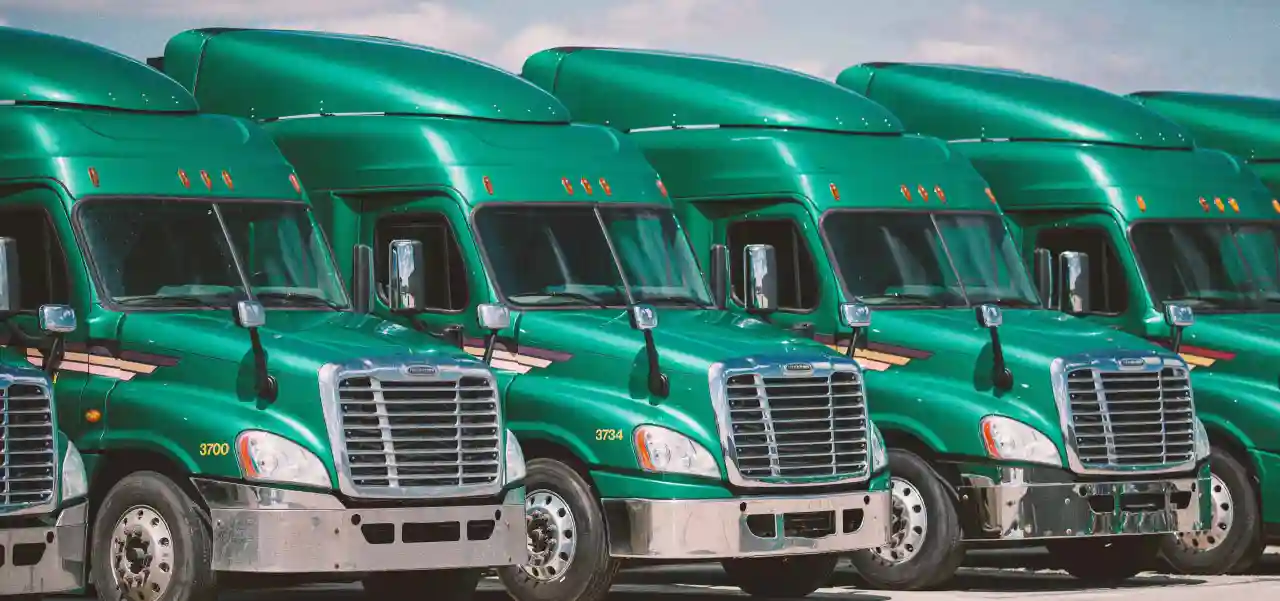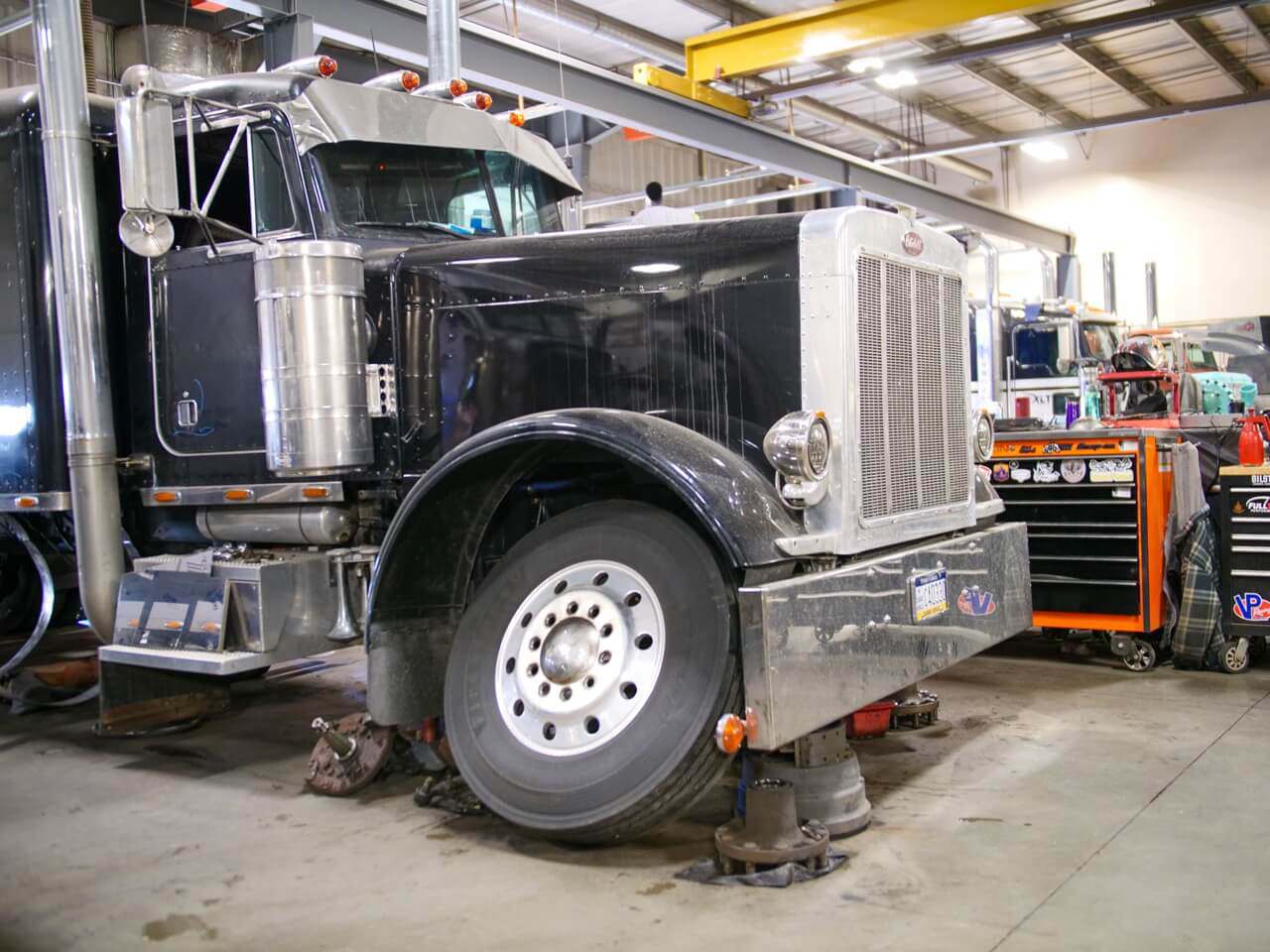5 Indicators Your Heavy-Duty Truck Needs Driveline Repair

The driveshaft in your truck is a crucial component of the drivetrain and may lead to a lot of problems if it's not working correctly. Because the driveshaft utilizes the engine's torque to move the wheels of the truck, it is possible that a problem with it can result in handling issues or unusual noises as the truck is moving.
Top Indicators a Heavy Duty Truck Needs a New Drive Shaft
The earlier any possible issues are identified while changing heavy-duty truck drive shafts, the better. A drive shaft's failure does not occur all at once. Instead, with time, the drive shaft will degrade. This implies that regular maintenance should always be performed with attention to detail to check for any driveshaft issues. The more damage that may be done to the heavy-duty truck and the longer a drive shaft issue is ignored, the more expensive the repair will be.
Replacement of the drive shaft
Driveshafts for heavy-duty trucks provide a smooth transition from idle to drive. Every heavy-duty truck driver must take extra care to ensure that the drive shaft is functioning precisely as it should since it plays such an important part. One of the main causes of drive shaft replacement in heavy-duty trucks is excessive load carrying, which puts a lot of strain on the drive shaft and its companion components.
The drive shaft may also need to be changed due to worn-out components, faulty welds, and general wear and tear. Early detection of drive shaft issues will result in far lower repair costs than if the issue were to persist for an extended length of time.
Depending on how it appears, you may not realize the driveshaft is damaged. For it to work effectively, its internal components must be well-lubricated and free from wear. As a result, you may wish to bring your truck in for a checkup if you detect any of the following symptoms.
1. Experiencing excessive vibrations
Intense vibrations coming from below the truck are a warning indication of driveshaft issues. When the universal joint (U-joint) or driveshaft bushings start to wear, this occurs.
2. Hearing a snapping sound
Several driveshaft issues might result in squeaking noises. They normally indicate that the U-joints or the bearings need to be lubricated rather than that the driveshaft has failed.
3. Crunching threads
This will have a loud knocking or clunking noise coming from underneath the truck. This noise often indicates that a U-joint needs to be replaced since it is severely worn out.
4. Rattling or grinding sounds
Additionally, you could hear rattling or grinding noises. Once again, these are noises that point to worn or lubricated driveshaft components, respectively. Any noise should be seen as a cue to bring your truck in for inspection.
5. U-joint wear and tear
U-joint wear or breakage is a typical driveshaft issue. Frequently, you can inspect the U-joints yourself if you know where to look. Simply shift the U-joint yokes back and forth after putting the truck into park and neutral. You should take it in for replacement if there is too much movement. While you're at it, look for any obvious rust on the bearing cap seals since this may also be a sign of a driveshaft issue.
Additional Indication: Slowing down when you accelerate
When you accelerate, a worrying trembling may be the result of loose U-joints or damaged center bearings in the driveshaft. Unusual noises might also be heard in addition to this. Take the truck or truck in to get the driveshaft examined if it seems shaky or falters when you hit the throttle.
Final words
Vibrations, poor handling, and odd sounds coming from underneath the truck might all be symptoms of a driveshaft issue, or they could point to a problem with a joint or another powertrain part. Any of them will tell you that you need to have your truck serviced as soon as possible. Don't delay since issues become worse the longer they go unattended. Get in touch with the best heavy-duty truck repair shop out there, and you will be able to receive all the support that you need to replace or repair your damaged components.
Other Posts

The Role Of Heavy-Duty Truck Wraps And Decals In Fleet Management

Choosing The Best Heavy-Duty Truck Repair Shop - 5 Things To Consider

